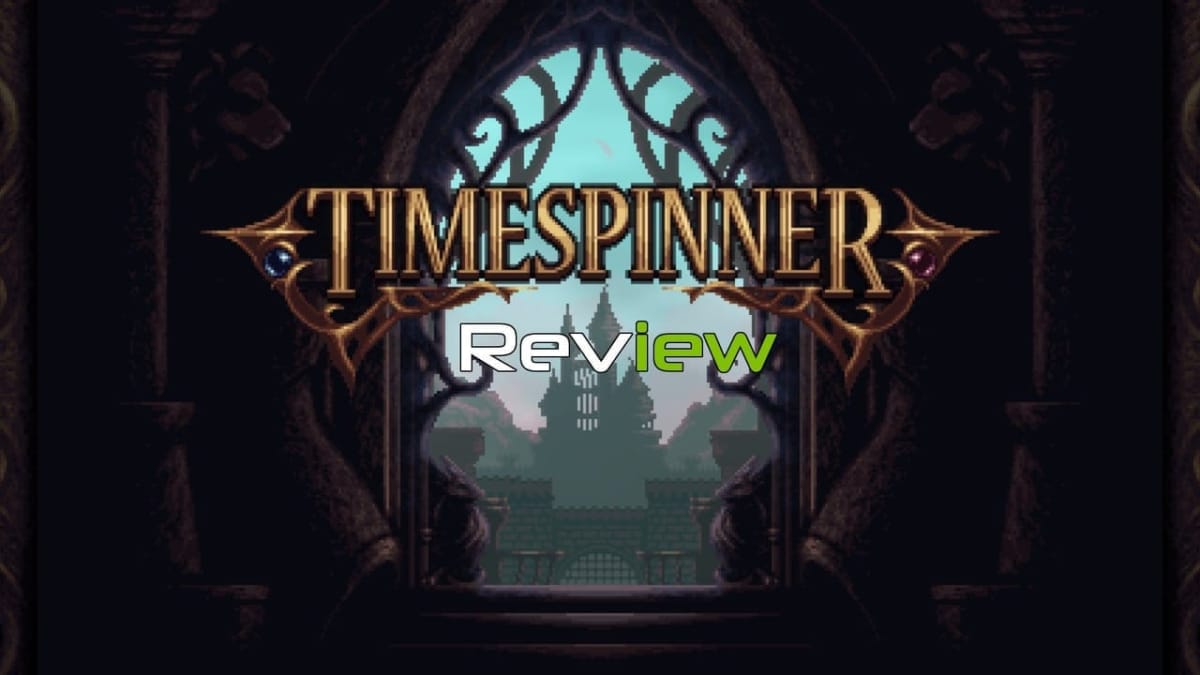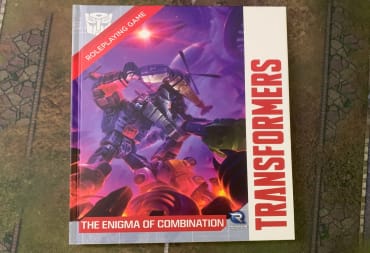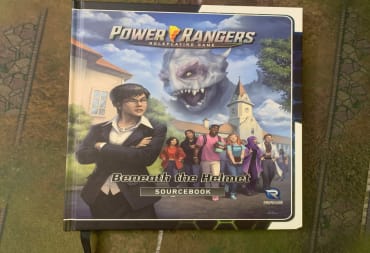There are many genres in gaming that have defining examples. JRPG fans will think of Final Fantasy while platformer enthusiasts look for Mario. Not many are able to create a genre and have it named after them. Metroidvania titles give players access to large overworlds restricting access to areas by requiring upgrades and abilities. As the player grows, so does their access to the world. As a Metroidvania, Timespinner pays homage to classic titles like Symphony of the Night while also adding its own unique flair.
The story opens on the planet Winderia, the night of Lunais' 20th birthday and the night she becomes a Timekeeper. If the village is ever in danger, it's the Timekeeper's role to go back in time to stop the threat from happening. As the people of the town celebrate, hostile Lachiem Empire ships descend from the sky. Knowing that the Empire will destroy their planet, Lunais and her mother escape into the woods and head for the temple. Once inside, they activate the Timespinner, a device that can weave a portal through space and time, to escape. While Lunais is able to make it through the portal, her mother perishes at the hands of one of the soldiers and the Timespinner gets damaged.
The Timespinner takes Lunais to Lachiem where she vows to go back and stop the Empire ever rising to power. Timespinner is set up as a revenge story, Lunais is able to travel between the present time and one thousand years in the past. You use this to interfere with key moments in the empire's rise eliminating key figures and helping the resistance
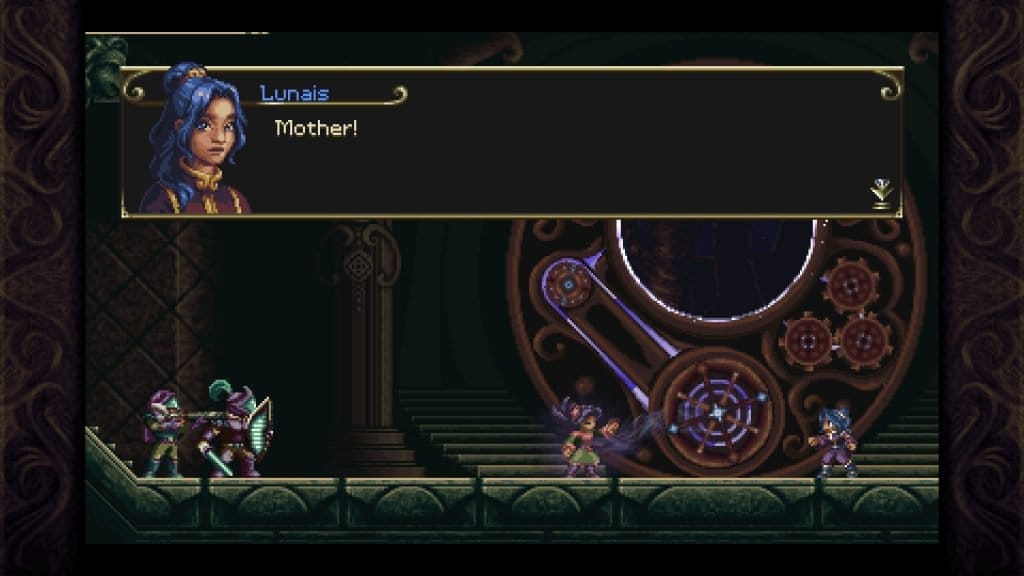
Timespinner has a great story filled with interesting characters and a world full of fleshed out history. The area where the story fails the most is in the initial delivery. The opening of the game and appearing on the Lachiem home planet takes all of five minutes. Trying to fit too many establishing points in such a short space will leave a player's head spinning. As you begin talking with NPCs and collecting notes on the past you're able to retroactively fill in the plot.
One great decision made when dealing with time travel is Timespinner has dumbed it down to its simplest form. Change one thing in the past and that one thing will be changed in the future. For how complicated time travel can become in media, this solution it's a pleasant change. You'll see this demonstrated when you destroy something in the past and its future form changes.
The main storyline doesn't take too long to complete but Lunar Ray Games have added a variety of side-quests to help buff out the play time. Most of these quests include killing a certain number of enemies or collecting drops, but they can also lead to bonus boss fights. Nothing that you will obtain from one of these NPC quests will progress the plot, but it might make things easier for you. Some of the bonuses include better items being sold in the shops, and the chance to collect items to further power up your weapons. Most hunt and kill quests won't even take you off the path of the main story. However, they will give you an excuse to take out more enemies along the way. If you're finding areas difficult these quests can help you beef yourself up and tone down the difficulty.
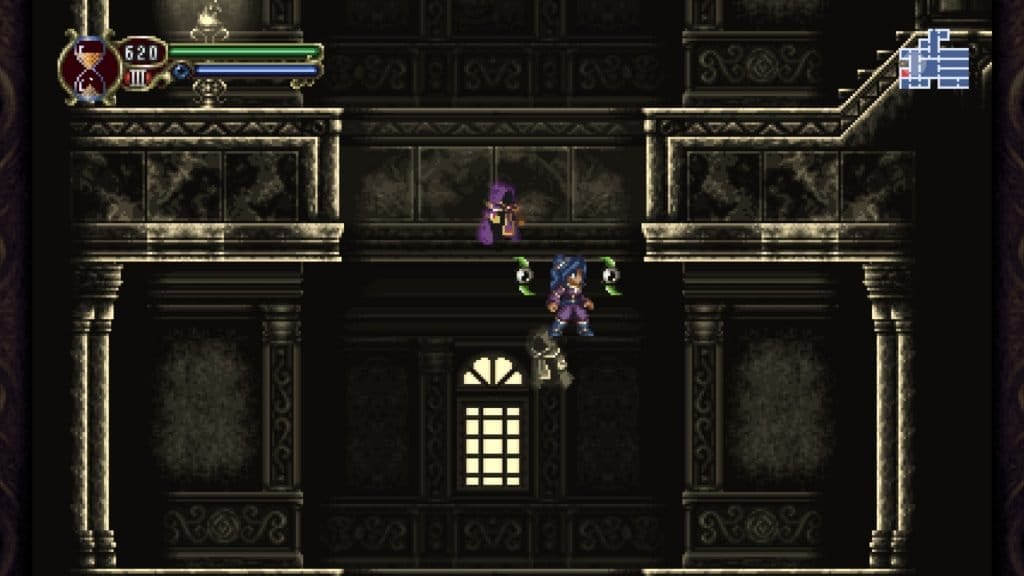
Taking on the Lachiem forces, Lunais is able to use her Aura abilities to control magic orbs. There are sixteen different orbs, each with their own attack styles. The Blue Orb simply hits your opponent with a crystal ball, but you'll later get orbs that can turn into hammers or lightning. You can have two orbs equipped at any time, allowing you to mix and match styles as you see fit.
Lunais is able to use her Aura to charge up and cast powerful spells. Aura recharge happens on its own, allowing players to be a lot freer with their use of spells. Passive abilities can also be used to either add another attack or buff your characters. Customization like this is amazing, a player can really tailor the game to their own play style. As someone more inclined to rush in headfirst this system allows me to spec out as a tank and absorb hits. For someone who wants to play with more finesse, there's an option for that too.
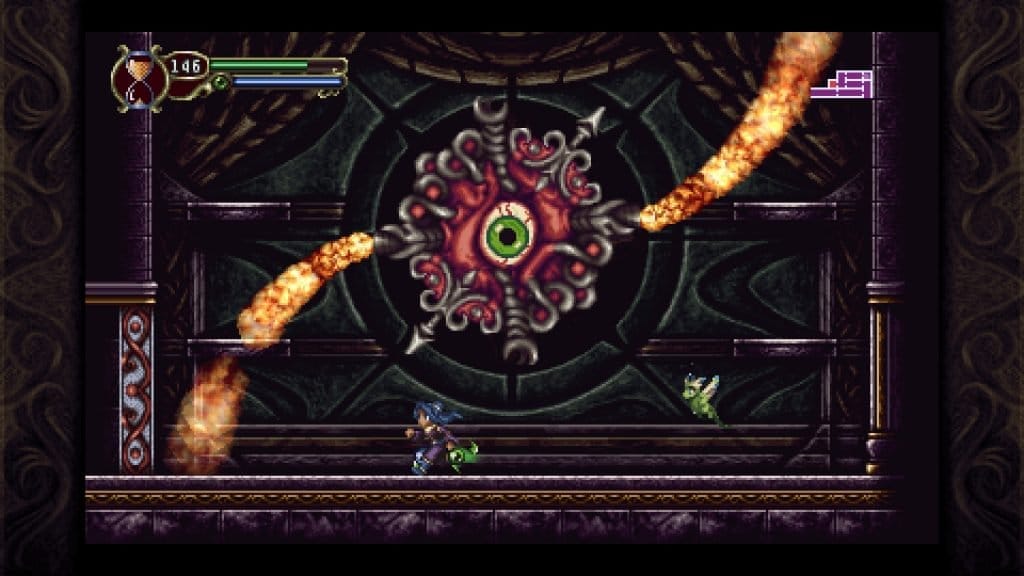
As the Timekeeper, Lunais gains the ability to pause time early in the game. Represented by the hourglass meter on your screen at any point you can freeze the world around you. When you pause the world enemies can't be damaged, but you no longer take damage from interacting with them. Pausing is great for getting out of tight situations or for avoiding a room of enemies. Being able to stand on enemies comes into use when navigating the world, some locations you can only reach if you bait an enemy into place. Forcing the player to keep an enemy alive is a smart way to test the player, but it can also become a pain when you only realize what you're meant to do after killing everything.
The enemies you encounter range from basic critters in the woods and foot soldiers, to demon abominations. A lot of the creatures even look like they'd be right at home in a game like Castlevania. With so many different enemies, there are also a wide variety of attacks to learn. Timespinner introduces each monster intelligently to allow the player to learn their attacks and tells. From there with no instruction players can naturally learn how to avoid them before needing to fight. This is a great technique that Lunar Ray Games uses to teach the players while not holding their hand.
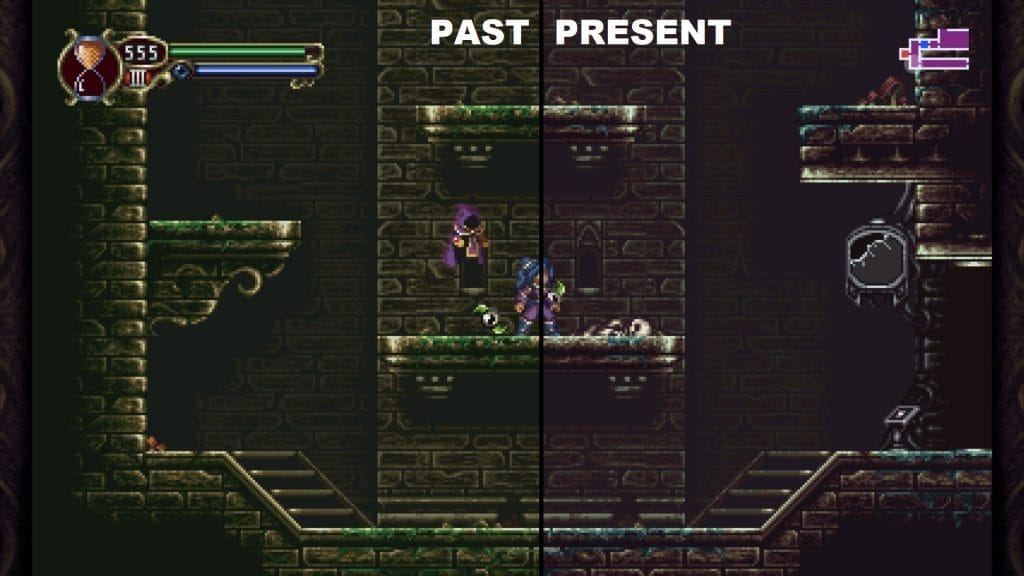
As a Metroidvania Timespinner does a good job building out an overworld with interconnected regions. A lake will turn into a village, then to a forest, before you reach a castle. Where Timespinner adds its own twist is the duality of the two maps. One for present-day Lachiem and one for the past. You'll end up finding familiar areas in both time periods, whether they are filled with broken technology or mossy growths. It's also nice to come back through places and see the variation of enemies based on the time period.
In this 16-bit world, the look of each world is very distinct. In the cracks of a cave system and the attention to detail looking out a window from the castle, you can see the immense effort in the look of Timespinner. It's really spectacular to see such detail put into the design of characters and locations. Instead of telling players where or when they are subtle differences like mushrooms growing or foliage imply what's happening.
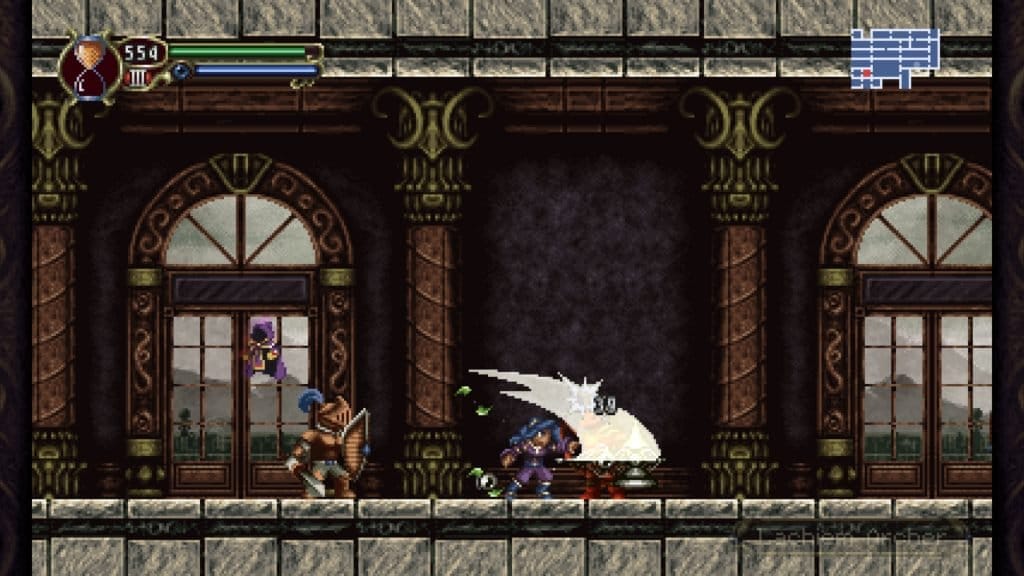
Timespinner Review | Final Thoughts
Timespinner takes everything that works so well in 16-bit Metroidvania titles and adds its own twist. Through the theme of time control navigating the world, creating a second map, and plot are all enhanced. None of the additional themes and features do anything to detract from the classic Metroidvania experience. Lunar Ray games have built an intricate world and populated it with enjoyable characters and fun objectives. For fans of the formula this is a game that you won't want to miss out on, and even those who are new to Metroidvania's it's a great first experience.
TechRaptor reviewed Timespinner on PC via Steam using a code provided by the developer.
Review Summary
Pros
- A Great Story With Real Depth...
- Great Art Style
- Time Travel Sensibly Added
Cons
- ...Has A False Start
- Short Story
Have a tip, or want to point out something we missed? Leave a Comment or e-mail us at tips@techraptor.net
